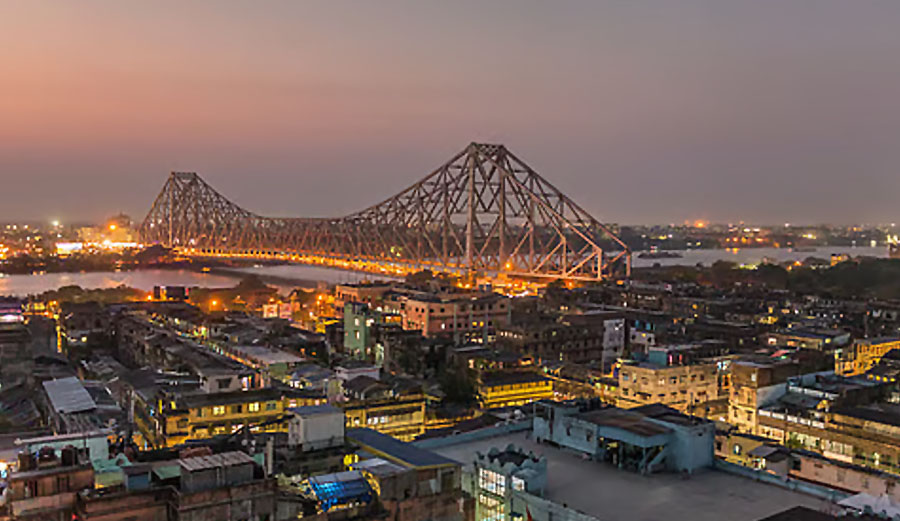After a couple of Western central banks reduced interest rates, the avid economy watchers are agog hoping for an early interest rate reduction this year.
This will help millions of homebuyers as their EMIs will come down significantly.
This will also give a fillip to the real estate industry as lower home loan rates will hike property sales.
However, interest rate reduction is a complex decision and RBI is very cautious while making a definite policy statement.
In this article, we will discuss how interest rate induction will help a large section of the economy and whether a beginning of loose monetary policy can be expected soon.
Low Interest Rates Benefit the Industry
Almost every industry is benefitted from low interest rates. Low interest rates reduce the credit cost of producers and consumers.
In the context of the real estate industry, a low-interest regime helps even homebuyers in 2 ways.
On the one hand, it allows for a modest home loan EMI. It usually helps homebuyers to buy a somewhat larger apartment as the EMI is low.
Additionally, there is one vital benefit homebuyers enjoy from low interest rates.
This benefit may even outweigh the benefit of low EMI.
What is it?
We will discuss that in a moment.
Inflation Rate Determines the Interest rate
The economy is cyclical. A low-interest rate regime is always followed by high interest rates.
We are witnessing this phenomenon right now. Interest rates have reached their peak.
A high-interest period will eventually be followed by a low-interest regime.
We are waiting for that to happen.
Now let us see how inflation influences the interest rates.
When inflation is low, prices in the economy are low. Consumers and the industry wish to take more credit as foods and services are cheaper. This increases the demand for goods and services as well as credit.
Higher demand eventually pushes the prices of goods and services. However, it is not possible to immediately raise the quantity of goods and services production.
The economy is flush with funds aided by cheap credit. This lands the economy in an upwardly spiraling inflation trap.
This is the time when the central banks step in to control inflation because inflation devalues the value of money and common people are the biggest sufferers.
Usually, the actions start with cooling down the economy.
Interest rates are raised to suck out excess cash from the system.
When too much cash stops chasing too few goods and services, inflation is controlled.
When inflation peaks out, the central bank starts bringing down rates.
But is it so simple?
Let’s look at another angle that affects the central bank’s decision.
The Growth vs Inflation Dichotomy
Our economy is a growing economy. We need to grow fast at a high rate to bring down poverty and increase the quality of life for our people.
Demand is destroyed in a high interest rate scenario, and economic growth suffers.
Now, too much of an interest rate hike will reduce economic growth.
Common people will suffer because of low growth, especially because there will be job losses and workforce downsizing.
There must be a balanced approach in the fight against inflation.
High Inflation Kills Purchasing Power
We now understand that too much inflation eventually kills the purchasing power of the consumers.
Inflation must be controlled to restore the purchasing power of the consumers.
Consumers postpone purchases in a high-interest regime.
Homebuyers are not only concerned about high EMIs, but also about higher monthly budgets.
Lower interest rates accrue these 2 benefits to the homebuyers — lower EMI and reduced family budget.
Where Are We in the Cycle?
For a few quarters, inflation has stabilized with a downward bias. It seems that inflation and interest rates have peaked.
However, the heartening news is that the Indian economy has not stopped growing even in a high interest rate period.
The HSBC India Manufacturing PMI came in at 58.3 in June 2024, up from May’s 57.5. The HSBC India Services PMI for June 2024 rose to 60.5, driven by strong domestic and international orders, record sales from diverse regions, and the fastest employment growth since August 2022.
India’s real estate sector remained buoyant as residential housing sales surged to an 11-year high in the first half of 2024. A total of 1.73 lakh residential units were sold during the January-June period of 2024. This is the highest in a decade.
And inflation is coming down, making rate cuts a certainty.
Year-on-year inflation rate based on all India Consumer Price Index (CPI) number is 4.75% (Provisional) for May 2024. The corresponding inflation rate for rural and urban areas are 5.28% and 4.15%, respectively.
All India inflation based on General CPI is the lowest for May 2024 after May 2023. It is less than 6% since September 2023.
Should Homebuyers Wait?
Buying a roof over your head is a necessity, not a luxury.
Delaying a home purchase means continuing to pay rent and waiting to see property prices inch up.
Waiting for the lower interest rate regime means lower EMI but this benefit is negated by higher property prices as they move up gradually over time.
There is another factor to consider.
Home purchases with home loans are usually long-term financial commitments. Usually, the loan tenure is 15-20 years.
During this long period, there will be periods of high and low interest rates.
They will balance each other and the effective interest rate will neither be too high nor too low.
In fact, now is the time to go for it as any.
If you feel a detailed one-on-one discussion will further clarify the subject, just give us a call.





